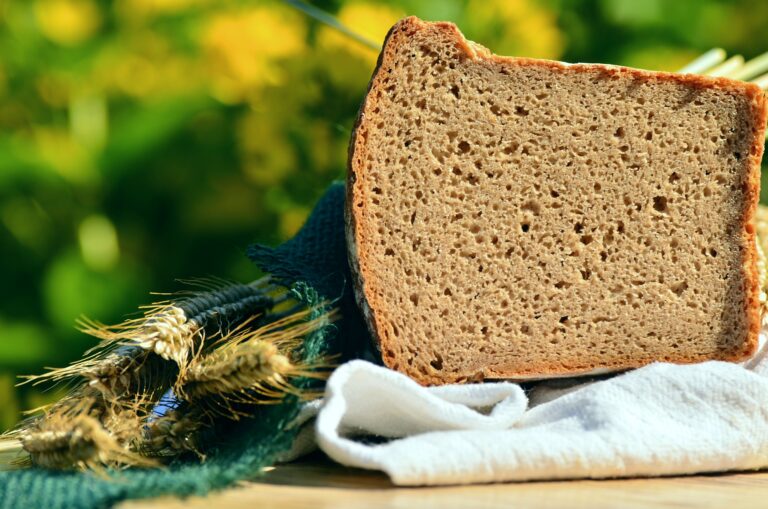Lowering Cholesterol Levels
Steps you can take to keep your cholesterol level down.
If you are trying to control you blood cholesterol level, you must limit not only the amount of cholesterol you consume, but also the amount of saturated fat, which appears to stimulate the body’s production of cholesterol. Experts now recommend that you reduce dietary cholesterol to no more than 300 milligrams per day and keep your total fat intake at 30 percent or less of your total daily calories, with no more than 10 percent of those calories coming from saturated fat.
Although they’re often mentioned together, cholesterol and fat are not the same thing. Cholesterol is found only in animal products – meats, poultry, dairy products, and eggs. Plant foods – vegetables, fruit, nuts, grains, and vegetable oils – contain no cholesterol at all. Both plant and animal products can contain fat, however.
Saturated fat is found primarily in animal products – beef, pork, whole milk products, and poultry skin – and in three vegetable oils; coconut, palm, and palm kernel. Although foods high in saturated fat tend also to be rich in cholesterol, some foods are high in one but not the other. Organ meats (liver and kidney, for example) and eggs have lots of cholesterol but only moderate amounts of fat. Sour cream, butter, and lard, on the other hand, are rich sources of fat but not particularly high in cholesterol.
Aditional steps you can take to lower cholesterol:
|
 |
|
Understanding Your Cholesterol Level Therapeutic Lifestyle Changes Diet What you need to know about Cholesterol testing Facts about Cholesterol |








PuI do my best to limit the dairy and eggs that I eat. I do love butter and sour cream. I gob sour cream on almost everything.